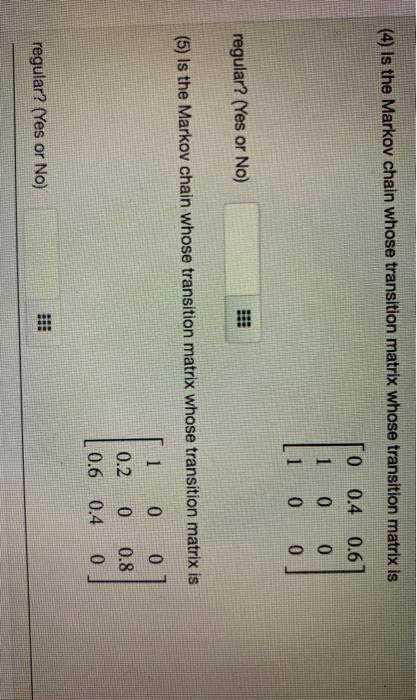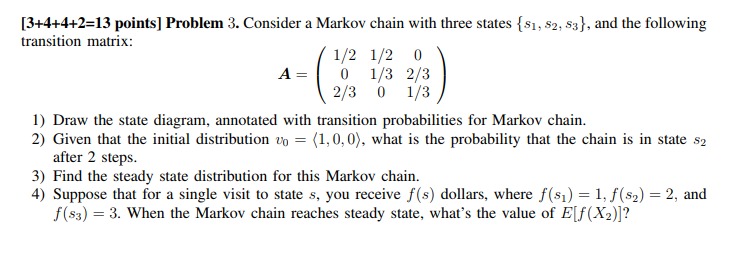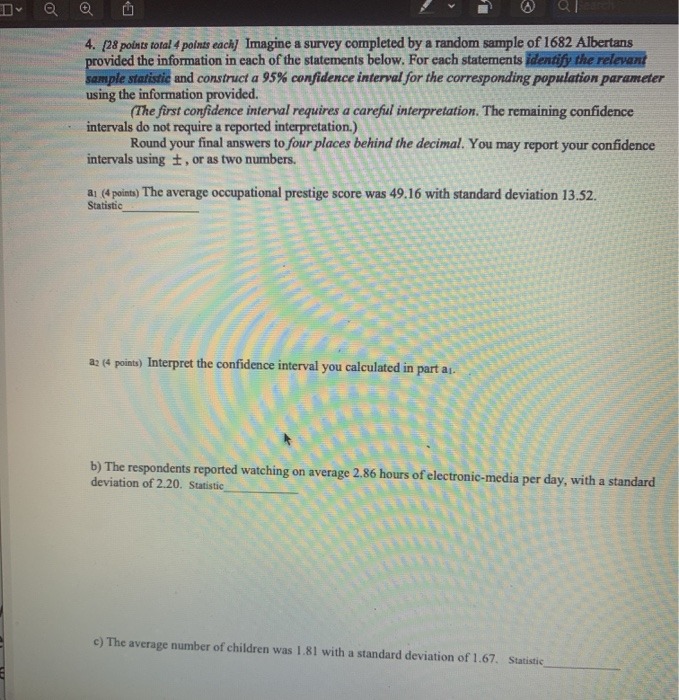Question
a) During a particular time frame, ball bunches coordinated a draft lottery for the gatherings that didn't make the finish of the period games. The
a)
During a particular time frame, ball bunches coordinated a draft lottery for the gatherings that didn't make the finish of the period games. The 11 gatherings were situated from best to most incredibly dreadful. The gatherings got different balls according to their situating, so the gathering with the most discernibly horrendous situating got 11 balls, and the best situated gathering got 1 ball to put in a holder. A ball is drawn in from the holder to sort out which gathering gets the essential pick. To find the probability that the most incredibly horrendous gathering (situated 11) gets the chief pick, segment the 11 balls that the gathering has in the holder by indisputably the quantity of balls in the compartment.
Since there are a total of 1 + 2 + +11 = 66 balls in the compartment, the probability that the most observably horrible gathering gets the chief pick is, P = Favorable number of cases Total number of cases 11 = 66 = 0.167 Therefore, the probability that the most recognizably dreadful gathering gets the principle pick is
10.1671
b) A ball is drawn in from the compartment to sort out which gathering gets the essential pick, by then another ball is drawn to sort out which gathering gets the ensuing pick (ignoring the amount of the ball drawn for the chief pick), and this happens again for the third pick. The abundance fourth through 11th picks are assigned to the gatherings left, so the most observably horrible extra gathering gets fourth pick, and so forth To choose the ordinary worth of the draft pick of the most observably horrendous gathering, let address the amount of the pick the most really awful gathering gets.
Choose the ordinary worth of the draft pick of the most incredibly horrendous gathering using the going with condition, E(X)=Exp(x) =11ill+21La1+311+411) 6i5) 55) 45) 06) = 2.02 Therefore, the typical worth of the draft pick of the most discernibly awful gathering is
Choose the E(X2) using the going with formula. E(X2)= Ex2p(x) = 12 (L)+22()+3,(1+42(1 L 66) L55) 45) 36) = 6.25
Choose the Var( X) using the going with condition. Var(X)= WIV(02 =6.25-2.02' = 6.25-4.08 = 2.17 Therefore, the vacillation of the draft pick of the most incredibly dreadful gathering is
12.021
12.171
Question 46
In 1994, the National Basketball Association changed the connection of the draft lottery so the most un-lucky gatherings had much higher probability of getting an early pick. Beginning at 2008, 16 gatherings meet all prerequisites for the finish of the period games and 14 check out the draft. To choose the victor, 14 ping pong balls numbered 1 to 14 are placed in a compartment and totally mixed. By then four balls are discretionarily looked over the compartment. The gathering holding comparative four numbers, in any solicitation, is allowed the pick. For example, if balls 3-5-1-2 were drawn, the gathering holding this blend of numbers (1-2-3-5) wins the pick. (If 11-12-13-14 is drawn, another game plan of balls is drawn.) The balls are returned to the compartment and another course of action of four balls is used to recognize the gathering tolerating the resulting pick, dismissing any mixes that have a spot with the gathering getting the chief pick. Additionally, the gathering getting the third pick is recognized. The extra 11 gatherings are allowed the overabundance picks organized by their rankings. Situating the gatherings from most recognizably dreadful (1) to best (14), the amount of blends allowed each gathering in the lottery is showed up in the table that follows. Let X be the pick the most incredibly horrible gathering gets from this lottery.
Rank 1 2 3 4 5 6 Combinations 250 199 156 119 88 63
a Find the probability limit of X. b Find the ordinary worth and distinction of the pick of the most discernibly horrible gathering.
Question 47
Tay-Sachs is an extraordinary genetic ailment that results in an oily substance called ganglioside GM2 creating in tissues and nerve cells in the frontal cortex, over the long haul provoking destruction. The contamination is aloof. If an individual gains a quality for Tay-Sachs from one parent anyway not the other, by then the individual gives no signs of the ailment with the exception of could pass the quality to a successors. As needs be a person who is heterozygous with a Tay-Sachs quality is known as a carrier for Tay-Sachs. Expect two people who are carriers for Tay-Sachs wed and have children. a What is the probability that a posterity of these two people will neither have the disorder nor be a carrier?
b If the couple has five youths, what is the probability that none will have the sickness or be a carrier?
Question 48
In an assessment, canines were set up to perceive the presence of bladder infection by smelling pee (Willis, et al., 2004). During setting up, every canine was given pee models from strong people, those from people with bladder dangerous development, and those from people who are crippled with immaterial ailments. The canine was set up to rests by any pee model from a person with bladder illness. At whatever point getting ready was done, every canine was given seven pee models, only one of which came from a person with bladder threat. The model that the canine put down close by was recorded. Every canine ventured through the assessment on numerous occasions. Six canines were attempted. a One canine had only 1 accomplishment in 9. What is the probability of the canine having at any rate this much accomplishment in case it can't distinguish the presence of bladder sickness by smelling a person's pee? b Two canines adequately perceived the bladder dangerous development model on 5 of the 9 fundamentals. If nor had the alternative to recognize the presence of bladder harmful development by smelling a person's pee, what is the probability that the two canines adequately distinguished the bladder model on at any rate 5 of the 9 fundamentals?




Step by Step Solution
There are 3 Steps involved in it
Step: 1

Get Instant Access to Expert-Tailored Solutions
See step-by-step solutions with expert insights and AI powered tools for academic success
Step: 2

Step: 3

Ace Your Homework with AI
Get the answers you need in no time with our AI-driven, step-by-step assistance
Get Started


